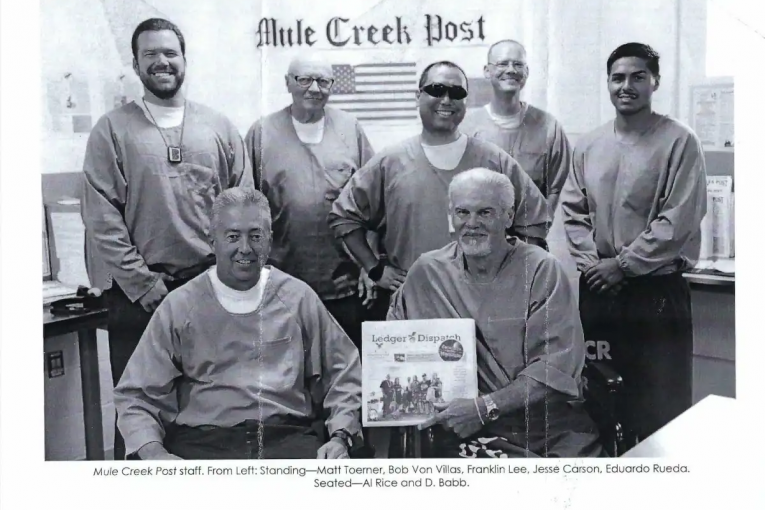

By F. Lee
IN DECEMBER 2019, the coronavirus known as SARS-COV-2 (causing COVID-19) first appeared in Wuhan, China. It would only be a month before the virus spread around the world. Weeks later, the outbreak reached the United States; countries began closing their borders; restricted travel ensued; and sheltering-in-place became the norm. The world became a desolate place with deserted movie houses, empty restaurants, and barren streets.
The death toll steadily mounted. We have reached the second anniversary of the deadly pandemic, with over 700,000 American lives claimed by the deadly virus.
In March 2020, the California Department of Corrections and Rehabilitation (CDCR) went into lockdown, with cell-feeding, cancellation of groups and visiting, and limited access to yards and dayrooms. Prisons attempted to slow the spread with masks, hand washing, and social distancing, but Southern California institutions were hit hard — especially the California Institution for Men in Chino — despite diligence, screening of staff, mandatory testing, and isolating any signs of illness. In June 2020, San Quentin State Prison had its first positive case. Soon, a wave of  infection spread throughout the CDCR.
infection spread throughout the CDCR.
“The U.S. has recorded more than 38.9 million confirmed cases of COVID, with more than 700,000 deaths,” reported Johns Hopkins University. Globally, there have been 216 million reported cases with 4.5 million deaths. According to the Centers for Disease Control (CDC), about 173.8 million Americans are vaccinated, or about 52.4 percent. In California prisons, it is reported that 240 inmates and 29 staff have died due to the virus.
In the beginning, Mule Creek State Prison had few positive cases, which were quickly quarantined. In late November, the institution was flooded with cases, and Mule Creek was on full quarantine. Gyms became isolation zones and positive cases rose into the hundreds. It would be months before any semblance of relief broke through.
In January 2021, Mule Creek experienced hope with the arrival of the Pfizer vaccine. By May, most of Mule Creek moved into phase three, opening doors to a limited number of groups and allowing visitors to return. But soon enough, the delta variant began to increase, threatening to hospitalize those not vaccinated. In August 2021, the push for booster shots added to the controversy of mandates for masks, testing, and vaccinations.
The delta variant has been more severe and contagious than the previous strains of SARS-COV- 2, with a higher rate of hospital admission. Ac- cording to the CDC, those who are eligible for the booster shot must wait eight months after their second vaccine dose to receive it. Booster shots are especially important for the severely immune-compromised, who need more protection to fight off the virus.
COVID-19 has not only spread through the population, but into politics and the judicial arena as well. Unions and law offices have taken sides handling lawsuits regarding civil rights and man- dates. California is the first state to mandate vaccinations or testing for all state workers.
With the recent appellate court ruling upholding the prison guards union’s appeal, and with vaccinations for state employees and prison guards on hold, the ultimate result is yet to be determined. The final ruling may also impact in- prison visitors hoping to see their incarcerated loved ones.
Originally Published in the Mule Creek Post
